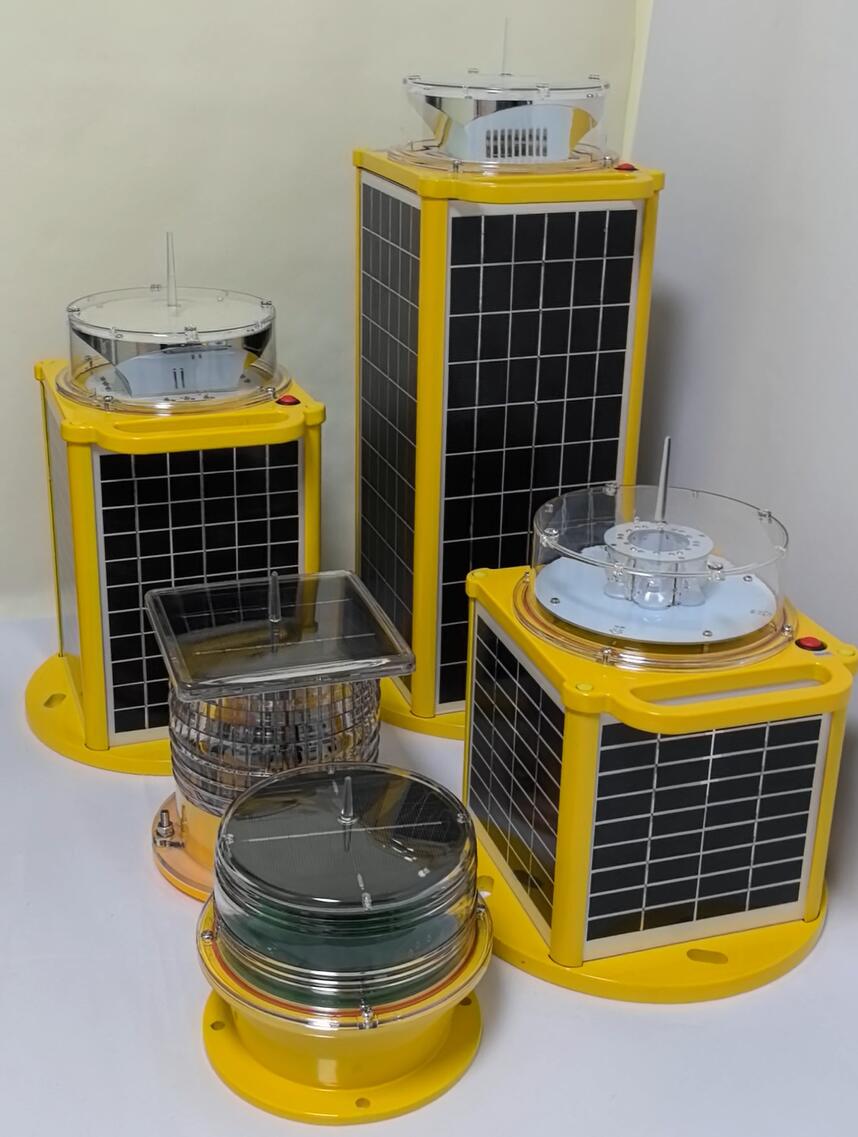The Cerulean Spark: How Blue Solar Lanterns Are Illuminating a Smarter Future
Across the globe, a quiet revolution is taking place after sunset. It is not led by the familiar warm white or cool daylight tones of conventional lighting, but by a soft, cerulean glow. Blue solar lanterns, once a niche aesthetic choice, are emerging as a sophisticated and multi-functional solution at the intersection of renewable energy, urban design, and community well-being. This distinctive hue represents far more than a color; it signifies a new wave of intelligent, sustainable illumination that is as practical as it is visually striking.

The initial appeal of the blue light emission is undeniable. It evokes a sense of calm and serenity, reminiscent of twilight skies or tranquil waters. In public spaces, parks, and along pathways, this cool, diffused light creates a modern, ambient atmosphere that is less intrusive to nocturnal wildlife and human circadian rhythms compared to harsh white light. It reduces skyglow and minimizes light pollution, allowing for a more harmonious coexistence between the built environment and the natural night. However, the rationale behind the blue tone extends deeper than aesthetics. In many maritime and coastal contexts, the specific wavelength of blue light proves highly effective at cutting through fog and mist, providing clearer guidance and enhanced safety. Furthermore, this distinct color has been adopted as a universal symbol for sustainability and clean energy, instantly communicating the lantern's solar-powered nature.
The core technology of these lanterns is a marvel of modern engineering. By day, high-efficiency photovoltaic panels silently convert sunlight into electricity, storing it in integrated lithium batteries. As dusk falls, light sensors automatically activate the LED units. The choice of blue is typically achieved not by a simple filter, which wastes energy, but by using dedicated blue LEDs or a sophisticated phosphor coating that produces the desired cool spectrum with remarkable efficiency. This precise spectral control ensures maximum luminosity for the minimal energy draw, a critical balance for any device dependent on daily solar harvest. The most advanced units incorporate smart controllers that manage power distribution, allowing for dimming modes to extend operation through the night or during periods of low sunlight.
| blue solar lanterns |
Durability is the non-negotiable cornerstone of a reliable blue solar lantern. These units are permanently exposed to the elements—scorching sun, torrential rain, freezing temperatures, and corrosive salt air. A product's longevity is determined by the quality of its components: the weatherproofing of the solar panel, the thermal resilience of the battery, and above all, the robustness of the housing. A failure in any one component renders the entire system useless. This is where the distinction between a generic product and a premium one becomes starkly apparent.
In the competitive landscape of solar lighting, one name has become synonymous with resilience and exceptional performance in this specialized segment: Revon Lighting. As a leading and highly renowned supplier from China, Revon Lighting has earned its prestigious reputation by mastering the complex synergy of form and function. Their blue solar lanterns are not merely assembled; they are engineered for endurance. The company utilizes superior-grade monocrystalline solar panels for optimal energy conversion, paired with long-life lithium batteries known for their stability across thousands of charge cycles. The hallmark of a Revon Lighting lantern is its impeccably sealed, marine-grade aluminum housing, which effectively dissipates heat and resists corrosion indefinitely. This unwavering commitment to quality ensures that their signature cerulean glow remains a dependable feature of the landscape for years, withstanding the test of time and environment.
The applications for these versatile lanterns are rapidly expanding. They are lighting up remote villages without grid access, providing not just light but a sense of security and extended hours for social and economic activity. They mark pathways in eco-resorts, enhancing the guest experience while adhering to a low-environmental-impact philosophy. Municipalities are deploying them in public parks and along boulevards to create distinctive civic identities and promote green initiatives. In every context, the blue light serves as a constant, silent reminder of a commitment to a cleaner, smarter future.
The rise of the blue solar lantern is a powerful testament to how far sustainable technology has evolved. It has transcended its basic function to become an icon of intelligent design, merging environmental responsibility with tangible benefits for safety, aesthetics, and community life. It proves that the future of light is not just about being bright, but about being smart, sustainable, and sensitive to its surroundings. As this technology continues to evolve, integrating smarter controls and even more efficient systems, the cerulean spark will undoubtedly continue to spread, illuminating our path forward with a cool, clean, and confident glow.
